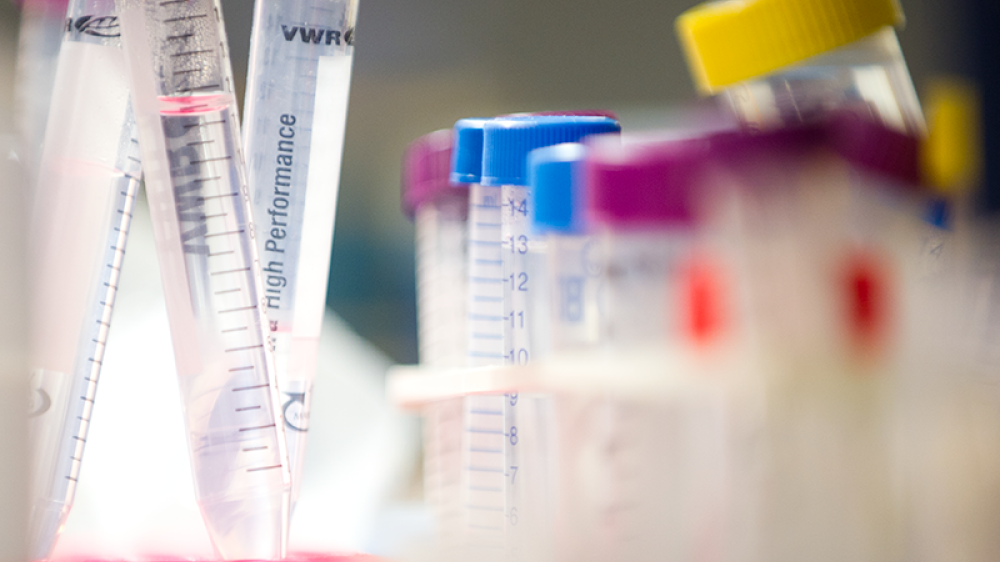SEARCHBreast helps tissue sharing to benefit the 3Rs

The framework SEARCHBreast (Sharing Experimental Animal Resources, Coordinating Holdings), established with NC3Rs funding, enables scientists to share material from animal studies in breast cancer research, minimising repetition of animal studies and maximising the use of available resources.
Professor Valerie Speirs from the University of Leeds and colleagues describe this work and the benefits of extending the SEARCH concept to other research fields in an article published today in the open access journal PLOS Biology.
The SEARCH initiative brings together those requiring animal tissue and those holding this type of archival material. The first SEARCH example, NC3Rs-funded SEARCHBreast, is a free database that lists tissues associated with mouse models of breast cancer, and makes them available without charge to scientists. It is run by the University of Leeds, alongside the Barts Cancer Institute, the University of Sheffield and the Cancer Research UK Beatson Institute.
The team led by Professor Valerie Speirs conducted a survey, with 135 respondents from different research institutes, about the use of animal models in oncology and other disciplines. The responses showed clearly that there is a significant surplus material generated from most animal studies. Encouragingly, the vast majority (95%) of the researchers were willing to share this material on a collaborative basis. At the same time, respondents who did not use animals but wished to do so, listed lack of access to tissue and/or technical expertise and financial constraints as the main barriers.
Professor Speirs and colleagues saw an opportunity to facilitate possible collaborations while reducing the use of animals. An example genetic model of breast cancer could require an extensive breeding programme just to generate a single mouse with the required phenotype, which may take up to 18 months and require the use of many animals. Rather than re-creating these models in their labs, researchers around the world can first check the database to see if an existing resource matches their needs.
Commenting on the ways the database can help to make the most of available models, Professor Speirs said: ‘In general, only a fraction of each tissue sample is required to perform an experiment. Scientists typically store the rest of the material away which is often never re-visited. By using more of the available tissue, fewer animals will need to be used in first place.’
‘We want to foster a culture of collaboration, and by doing this, we’re reducing the number of animals needed for research all round. We have shown this concept works for breast cancer and our research shows a desire from scientists in other disciplines to adopt SEARCH in their own field.’
To date, over 220 scientists have signed up to the SEARCHBreast database, from the UK, European Union, United States, and Australia, to share resources and expertise to accelerate breast cancer research without the use of additional animals. As of 31 October 2016, 86 animal models were available through SEARCHBreast, representing thousands of ready-to-use tissue samples, including formalin-fixed paraffin-embedded tissue blocks, cells, and histological slides.
If you have material to share, or would like to utilise available material in your research, watch this promotional video and visit the SEARCHBreast website to find out more.
